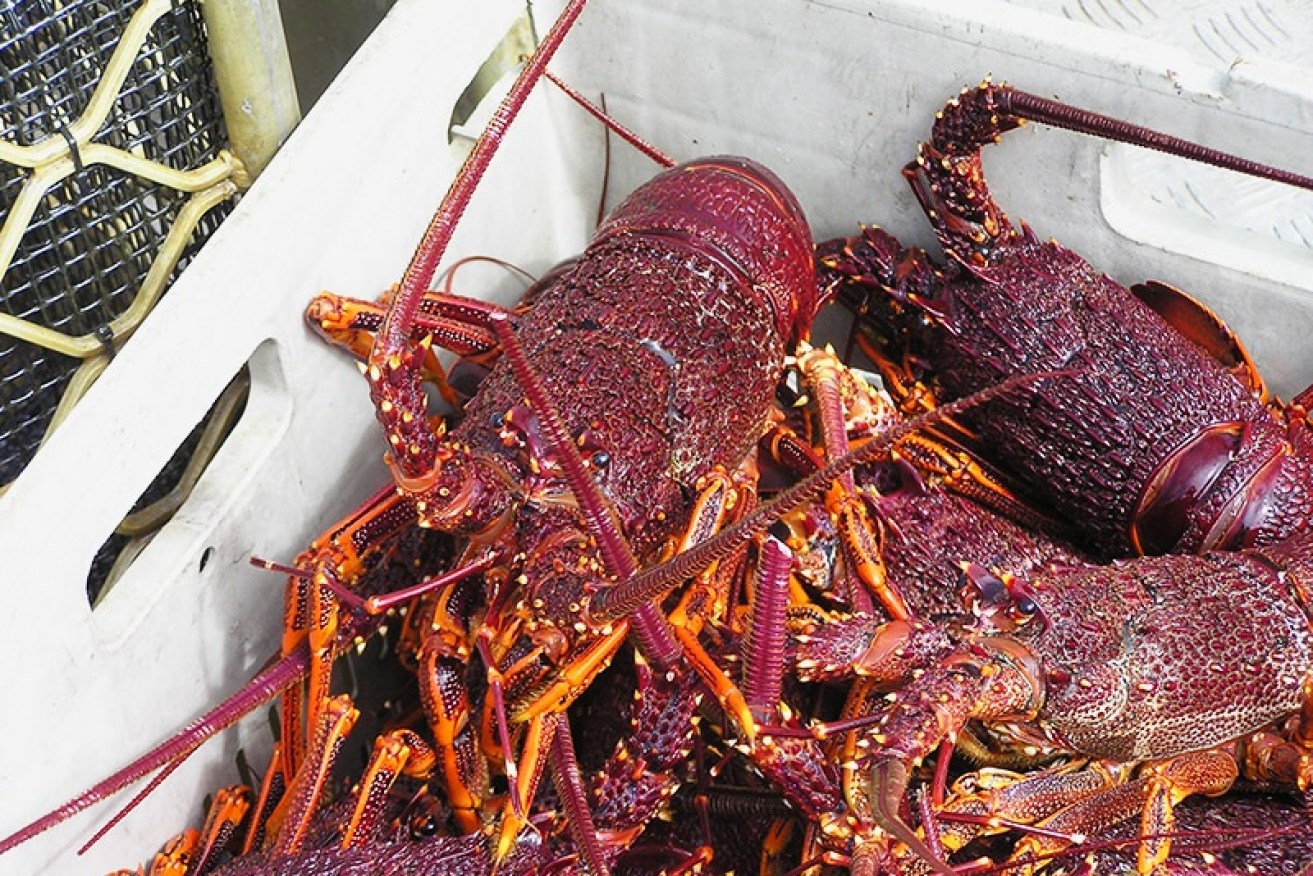Plan to boost Australian seafood exports
The Australian seafood industry has created an export plan for the first time, with the hope of increasing the country’s export market to $2 billion by 2030.

Photo supplied.
Chief executive officer Veronica Papacosta says the need was identified out of COVID, with the pandemic largely blamed for a 14 per cent decline in exports to $1.2 billion in recent years.
“Given that a lot of our product is traded live … our export markets were shut down,” she said.
Papacosta said COVID helped producers realise they weren’t prepared for a crisis.
The seafood industry was one of the first industries in Australia to be impacted by COVID with exports to China ceasing when that country went into lockdown.
The export plan focuses on collaboration among producers as well as the creation of a great Australian seafood brand for the export market.
“From an Australian brand perspective, it’s not just the pristine waters, it’s also the fact that we invest quite heavily in traceability and certification, that buying Australian seafood is sustainable,” Papacosta said.
The plan targets a number of seafood sectors, including the industry leader, lobster, which pre COVID was worth up to $900 million.
China is the key market for Australian lobster exporters.
In October 2020 China’s ban on live lobsters from Australia cut out a market that was previously 90 per cent of the country’s rock lobster trade.
“We need to re-establish the lobster market,” she said.
“The relationships with the importers that we had previously are still quite strong, but the order volumes are not back.
“We need to get the lobster sector back to where it was … so the fastest way to do that is to deepen relationships they have in existing markets that they know.”
Ms Papacosta said the export plan would also look at developing relationships with other countries including Singapore and Korea and across multiple seafood markets.
“The export strategy is designed to … move away from what would essentially have been a single market focus … China.”
She said part of the project will further research developing markets and identify salmon as a strong emerging market.
“Understanding what salmon can do in terms of volume and price in the international market is one to watch.”
The plan found that by 2030 world seafood production and consumption are expected to increase by 20 per cent.
It said Asia will continue to dominate, importing 37 per cent of seafood for human consumption, with China driving much of the demand.
The plan was launched on Tuesday to coincide with the seafood industry’s biennial conference, with 500 delegates from industry, government and academia meeting in Brisbane.
The conference will also examine how the seafood industry can build resilience as the climate changes and will also address the seafood industry’s plastic packaging problem.
The conference runs till Thursday.
-AAP




